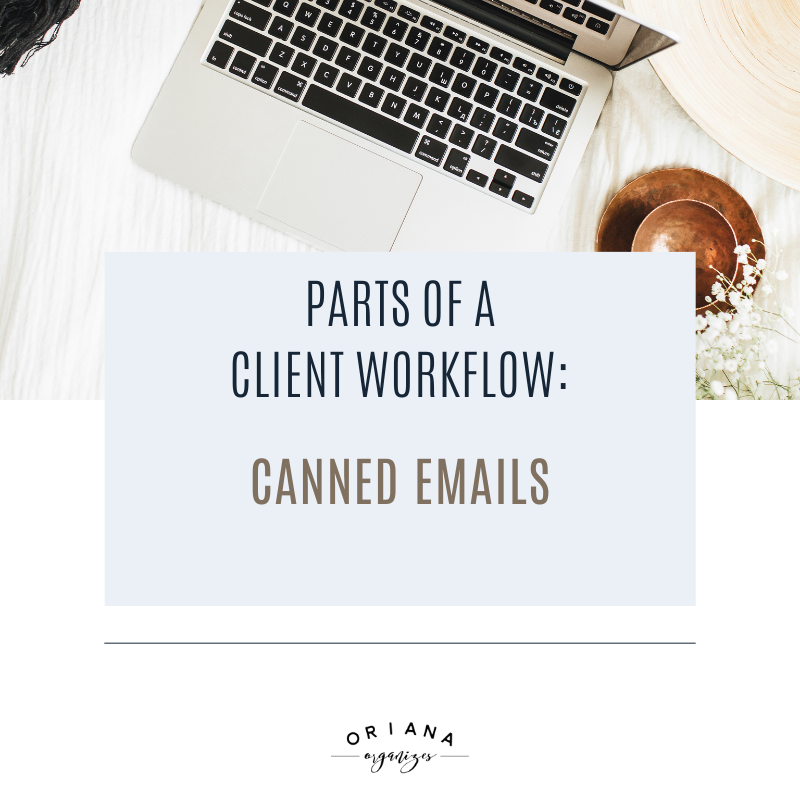The 5 Critical Systems You Need to Run a Successful Business
For your business to be successful in generating steady and predictable sales, you need to develop systems that allow your business to run smoothly without you. Until you can establish and document viable systems and processes, the business activity only exists in the mind of those who know how to do it and cannot be replicated or duplicated when they are absent. Systemizing the following business activities will free up your time so you can focus your energy on growing your business.
Think of it this way: If you want to take a hard earned vacation with your family, or {heaven forbid} something happens to you and you end up incapacitated, do you have a solid plan for how your business will continue to run without you?
Critical Systems You Need to Run Your Online Service Business
I’m not going to talk much about lead generation because that’s not my area of expertise and it’s pretty self explanatory. Without a continuous stream of leads, your company's sales and revenue will quickly dry up, and your cash flow will slow down.
Duh, I’m not telling you anything you don’t already know up there. 👆🏼
Lead Conversion
To convert interested prospects into customers, you need to have a proven sales process in place. But telling your lead about your service is half the battle. What sets you apart from other service providers is what matters to people.
There’s a story about your service and how it helps your lead solve their problem. That story needs to resonate with how they feel at that moment, otherwise they’re just not your ideal client….and that’s ok.
Being able to answer your client’s questions in advance can solve half their problem. But connecting on an emotional level with your lead, confirming that how they feel is real, and painting a portrait of what their life can look like when they work with you leaves an imprint on them.
Depicting what your client’s life can look & feel like when their problem is solved should be on your sales page. Taking that same sales page verbiage a step further can be the foundation of your service guide.
Reaffirm your lead’s problem and the emotions they’re feeling. Then paint a verbal portrait of how they can work with you to solve that problem. Emphasize those next steps you’ll take with them once they sign their proposal and contract with you. Really guiding your lead addresses that feeling of “now what?” that they’ll inevitably have, even after they book a simple discovery call.
Here’s an example
In an auto-responder, you want to include the following:
Thank them for reaching out
Affirm that they’ve taken a great first step to solve their problem
Here’s what to expect next {with a timeline}
While they’re waiting, review this service guide to dig deeper and learn what it feels like to work with you
Delivery System (CRM)
To fulfill service deliveries on time, you need to develop a step-by-step delivery system. A reliable delivery system, with clearly documented steps, will do the heavy lifting for you and the client, quickly, and with minimum delays. This is where a Customer Relationship Management tool is truly clutch!
Here’s where Dubsado continues delivering for you and your client. You can:
Book a call with your lead to discuss their current state of business and their needs
Create a custom proposal {from a template you create once} in minutes
Include a contract and invoice for easy & fast payment
Set up payment plans for your clients
Accept payment quickly & easily
Send them a set of templated emails outlining next steps & expected timelines
Gather critical project details using forms and attachment uploads
Follow up with them at regular intervals throughout your service delivery
Keep them updated on your progress with templated emails or a private client portal
Ask for feedback and testimonials after your service has been delivered
Dubsado is probably the most robust, customizable and flexible CRM for service providers for their price point.
Are you at a point in your business where you’re ready to tackle documenting & automating your client journey?
Standard Operating Procedures
Ok so we’ve talked about how to handle lead conversations and how to effectively streamline your sales process and book clients. Now what?
How are you going to manage delivering your service on time without missing vital steps?
Enter a strong Project Management Process.
There are some excellent project management tools out there: Asana, Trello, Notion, ClickUp.
Picking which platform you use depends on what exactly you need it to do.
What should you be doing first in your implementation (service delivery) process?
How long does that take?
What happens next?
Who’s responsible for what?
How do you keep track of what’s due and when?
Walking through each step, how long you estimate it takes, who’s responsible for it, and what happens next creates the foundation of your implementation process. There are lots of books and articles out there about project management. I won’t bore you to tears here.
Creating a template of the process is your next advisable step here. Break down the big tasks into sub-tasks. Now you’re going to create a set of Standard Operating Procedures (SOPs) for each step.
A Standard Operating Procedure is a basic set of instructions showing exactly how each step of your process is executed.
You can either capture each SOP in a Google Doc, Word Document or use an online SOP creator tool that will record your screen as you walk through each step of your process. Whatever method you use, ensuring you capture each step of your process is critical.
Imagine it like this: If I walked into your office and got into your Project Management application of choice, can I find SOPs for each task you’re responsible for and execute your process’s steps correctly?
If the answer is no, you need SOPs….Like now!
Sales Growth System
Having written policies and procedures in place for providing follow-up service to your customers is another integral part of any business system. Remember, these service procedures can be captured in your SOPs.
A service system should include ways to handle customer complaints, and requests for help if something truly breaks.
Processes for generating additional sales, how to ask for referrals from satisfied customers, and how to alert your current customers of new services would be part of your marketing processes.
Think of businesses today; they all have a website or some online presence. Smart business owners will document and anticipate customer questions. Creating an FAQ section on your website is an excellent service system to have in place. I advise these same FAQs go onto your client’s proposals. The fewer places your client needs to look for answers to their questions, the better they’ll feel about working with you.
Remember above when I mentioned using Dubsado’s ability to gather feedback? Making a request for feedback part of your automated process will help your continuous improvement efforts. Ask the customer how to make your process better.
Take a walk in their shoes, and learn how to better handle common complaints. You never know, your business may just come up with the next best way to handle a common misstep for your industry. Be sure to document it properly and cascade it to your team and trusted business partners.
Onboarding System
Your business can only benefit from documented onboarding processes. This is true for both your team AND your clients.
An Onboarding System houses your written onboarding processes that describe each position, what they’re responsible for, how their job is performed (tools used, frequency of activities, etc.) as well as methods for training new team members. Everyone on your team needs to know (and in my opinion, deserves to know) what is expected of them and the standard of quality he or she is required to meet.
Having written descriptions and set expectations for each role is critical for growth and success. Imagine if suddenly that role was vacant. How would you convey what’s needed from a new candidate without the written documentation?
As for your clients, their onboarding process might look a little bit different. It might include:
Your service delivery process with milestones listed and time estimates for each step
Specific details you need from them, and when you need them to deliver on time
A common, private portal for them to use to house everything pertinent to the project
A detailed scope of work with a somewhat specific timeline so they know exactly what it takes for you to deliver your service properly
A detailed set of policies that can help them clearly understand the possible effects on the project if they’re unable or unwilling to work with you and get you the necessary details for service delivery
How to Eat an Elephant
I have a son who used to get overwhelmed very easily. So I’d say to him, “Tell me, how do you eat an elephant? One bite at time.” Do we eat elephants in our house? No, but we tackle big things in baby steps so as to avoid overwhelm.
Documenting the processes of your company can also be overwhelming. It takes a lot of time and effort. Selecting one initiative per quarter can help make it a more digestible undertaking. 🐘
Once you’re able to systemize your business processes, you’ll be able to focus on growing your business and increasing your revenue. This is truly worth completing for the success and growth of your business in the long run!
















